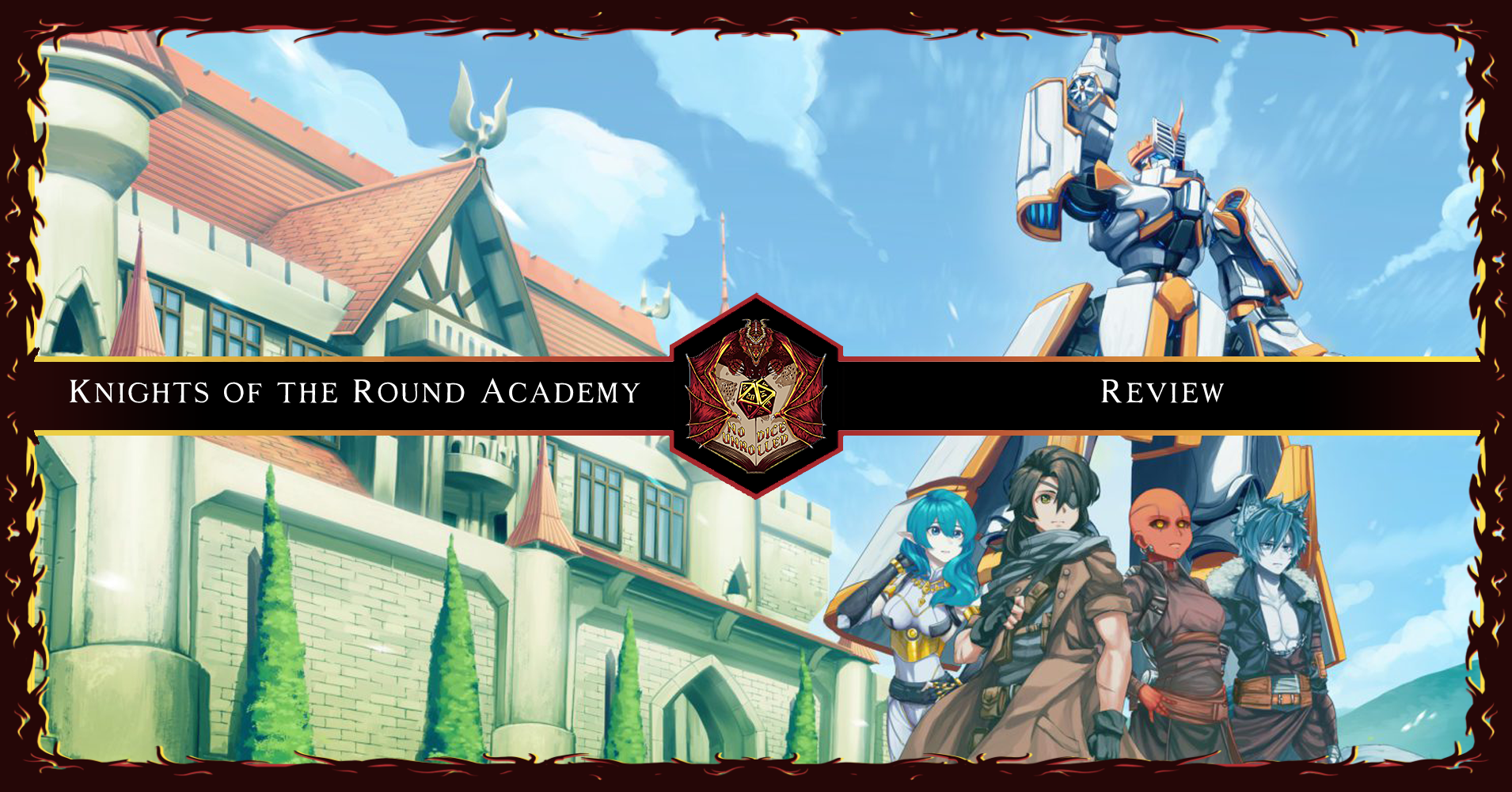Today we want to thank Fumble RPG e MS Edizioni for sending us a copy of Knights of the Round Academy, of which we are pleased to offer you our review. After the great success of the Kickstarter campaign, the new role-playing game by Claudio Serena arrives at our gaming tables. We were very curious to try it: the expectations were not disappointed. Knights of the Round Academy focuses heavily on the gameplay experience, which will transform players into young mecha pilots.
The game is available on the Fumble RPG official store. 45 euros for the physical version, 20 for the PDF. You can also download Knights of the Round: Shonen; it is a digital (and completely free) stretch goal of the Kickstarter campaign that lets you go beyond the borders of the academy.

Review of the Manual of Knights of the Round Academy
Let’s start from a fundamental premise: Knights of the Round Academy offers a gaming experience inspired by mangas. We will see later which mangas, but this is also reflected in the style of the volume. It is made of 353 pages in pocket size, compact and solid. Fortunately with hard cover. A manual full of illustrations, which winks at JRPGs. The pages are in fact presented in a way that almost resembles a screen. There is a lot of free space on the page; this certainly makes the consultation easier. Maybe the volume could have been condensed a little more, but overall it’s a nice solution.
The artistic direction is also by Claudio Serena, assisted by Claudio Pustorino. The manual is colorful and bright. Its illustrations are not very detailed, but that’s right: they reflect the manga style present in every aspect of Knights of the Round Academy. Don’t misunderstand me: they are well made, but they have that Japanese style that can make them seem a little too “simple” compared to other manuals. They must be contextualized: they serve to immerse the reader even more in the game.
I appreciated the presence of a sensitive reader, Marta Palvarini. For who doesn’t know it, sensitive reading is a phase of verifying the text, to make sure that there is no offensive, misleading content or that perpetrates offensive stereotypes and representations. A very useful practice that is slowly more and more widespread.
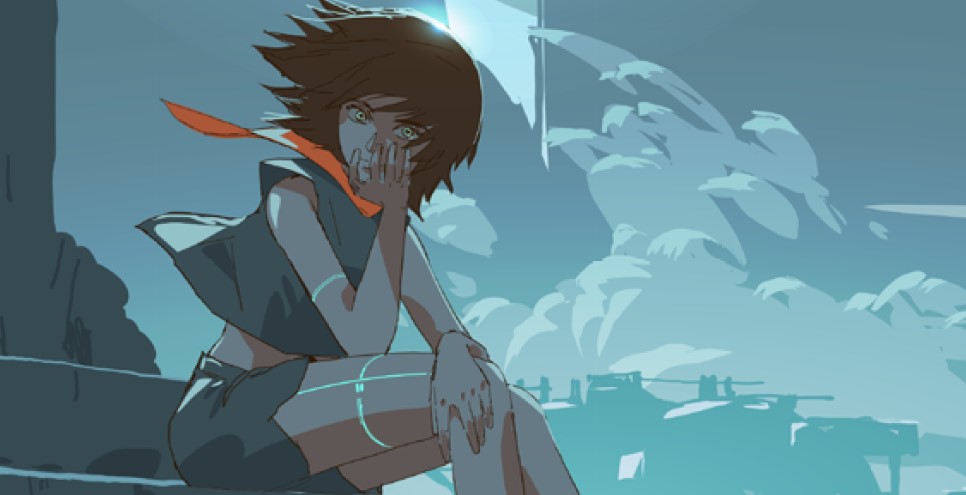
Manga Vibes
The setting of Knights of the Round Academy is deliberately outlined only briefly. The author has in fact focused much more on what he wants his game to convey. So the experience at the table is based on what are the typical traits of three types of manga.
- The Real Robots, in which the mechas are perceived as real means of combat. This manga genre deals very closely with the war theme, usually focusing on how much war is a pain for all the factions involved.
- The Shonen, or the manga of action and adventure reserved for a younger audience. Where the figure of the hero and the fighting scenes are as important as the values of friendship and mutual trust.
- Finally, the School Drama, the classic stories with a school setting. The slice of life and romance are the dominant themes, even if always declined on the main themes of the game.
In general, the game is designed to be played in such a way as to replicate the atmospheres of manga and anime. The best way to face Knights of the Round Academy is to play characters with showy reactions and who indulge in unstoppable monologues. Acts of heroism and adolescent embarrassments, childhood behaviors that alternate with reflections on the atrocities of war.

Review of the Setting of Knights of the Round Academy
As mentioned, the manual does not go into much detail about the setting. The world of Brit’an has been colonized a long time ago by the human race, which came to the planet with huge spaceships that cannot make the reverse journey. The Breath of the Dragon, that is a specific radiation created by the nanomachines used for the terraforming of Brit’an, constitutes a precious energy resource. And where there are resources there are conflicts, especially between Bret’on and Sax’on, the two main human ethnicities. The great wars of the past belong to history, but the Knights, the battle mechas, have not been abandoned. Not everyone is in fact satisfied with this condition of peace.
You don’t need to be an expert on Matter of Britain to notice the first assonances. Knights of the Round Academy is heavily inspired by Camelot and the Knights of the Round Table, albeit in a manga reinterpretation. Whether you play a one-shot or an entire campaign, this game lets you play military cadets, Knight pilots trained as soldiers from childhood. School rivalry is as important as the duel against the enemy, in some contexts even more. But always remembering that feelings and emotions always prevail over realism, in stories that recall the Arthurian epic.

Review of Knights of the Round Academy: the Characters
Players have a wide range of possibilities to customize their characters.
First, you choose one of seven Bloodlines, each offering four abilities to choose from. The Avalons are the very first settlers to arrive on Brit’an, modified by the Breath of the Dragon to the point of integrating perfectly with the planet; their appearance has radically changed, making them resemble classic elves. Human beings may be Bret’on of the kingdom of Kamel’oth, rich and highly progressive; they can come from the Saxon empire, vast but poor in resources and technologically backward; or they can come from the orbiting spaceships that are still inhabited by the descendants of the first human Settlers.
Dragonborns are children of humans who have been in too much contact with the Dragon’s Breath, remaining contaminated by it; they are born already mutated, in part similar to the Avalons but impetuous and showy. The Andruid , on the other hand, were created in a laboratory; partly biological and partly synthetic beings, they exploit the Dragon’s Breath to live. They were developed to replace the Knights in battle, but now they are recognized as living creatures in all respects. Finally, Sidhe is the only playable Bloodline native to Brit’an; changeable and elusive both in attitude and appearance, they have a strong connection with nature, and especially with the animal world.
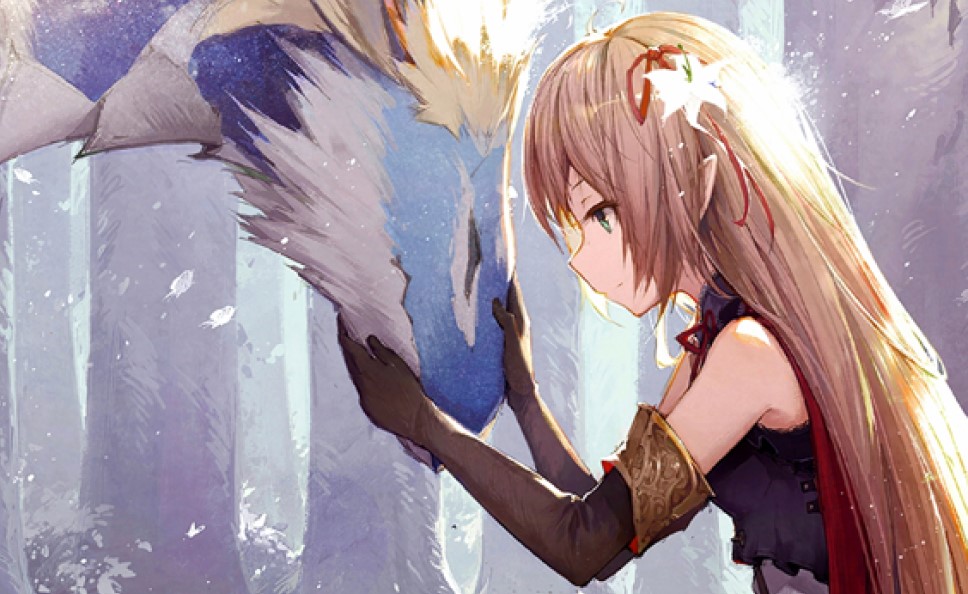
The Knights: Merging Cores and Frames
To proceed with the creation of your character there are still several elements. So each player must choose a Core. It is the element that animates the character’s energy and that binds her to her Knight. It can be an elemental force, but also a type of energy, a physical phenomenon, a feeling. There is no predetermined list: any principle that can be the source of inspiration for the skills and characterization of a cadet is an excellent Core. The character’s Soul, on the other hand, is a synthetic definition of his ego, of what most represents her; it is the trait least subject to change of all.
The Core determines what the Knight will be able to do, along with its Frame. This is the configuration that the mecha assumes, which gives the character a specific role during a fight or in non-combat situations. Reconnaissance, espionage, front-line or ranged combat, defense. If the Core determines the nature of a cadet’s abilities, the Frame is how he expresses them when aboard his Knight.
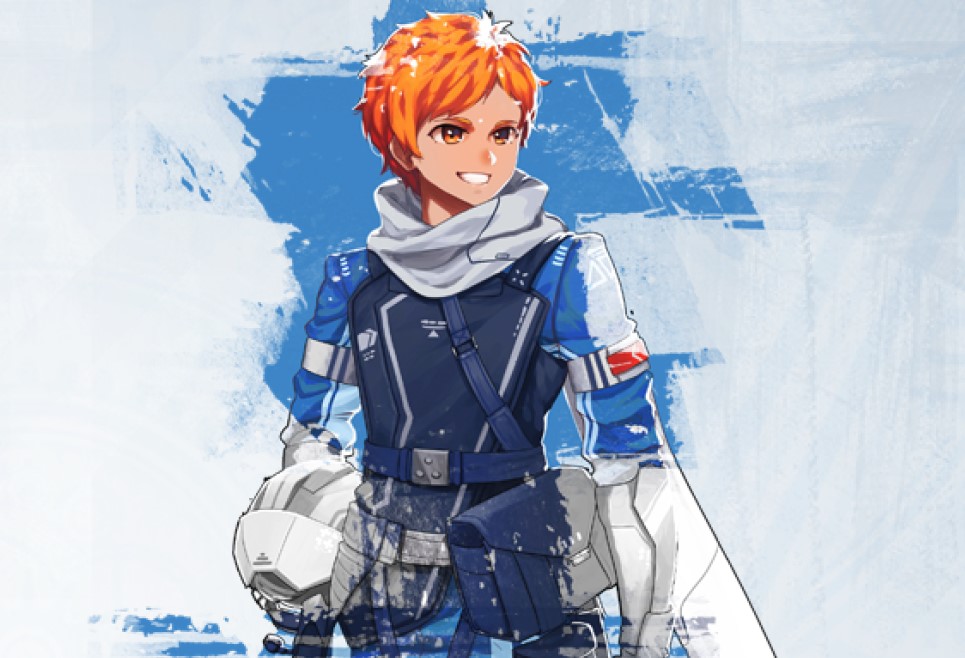
The Fruits of Training
There are 15 Jobs to choose from: they represent the skills of the character and the player has to choose among four abilities for each one. The Alchemist is a researcher of the Breath of the Dragon. The Augur, on the other hand, tries to understand it by merging with it. Instead the Cadet is a blank sheet, which can still develop its skills in any direction. The Champion fuses swordsmanship and magic to find the best possible application of Breath in Battle, while the Paragon focuses on combat to exorcise all evil and defend Brit’an.
Obviously the Hunter hunts preys, but is also an agent of justice. The Jester, with his ability to soften situations with irony, plays a vital role in the morale and mood of the group. Moreover we can find the Seeker, who is constantly on the move, looking for precious artifacts from the ancient era. The Slinger focuses on ranged combat, staying in the rear to cover the backs of the teammates, while the Squire practices to provide them with support. The Summoner is an expert on creatures that live in the flow of the Dragon’s Breath, capable of summoning them and even invoking the abilities of a defeated opponent.
Then the Tactician is an expert in strategy, able to analyze a situation and overturn it according to tortuous and articulated plans. The Templar is the last bastion of the kingdom, the one who willing to the extreme sacrifice protects him from any threat. The Thaumaturge is an expert on the Breath of the Dragon, but unlike the Alchemist they use their knowledge not for research, but to offer spiritual support to their companions. Finally, the Tinkerer is the one who takes care of maintenance, repair and upgrade of the Knights.
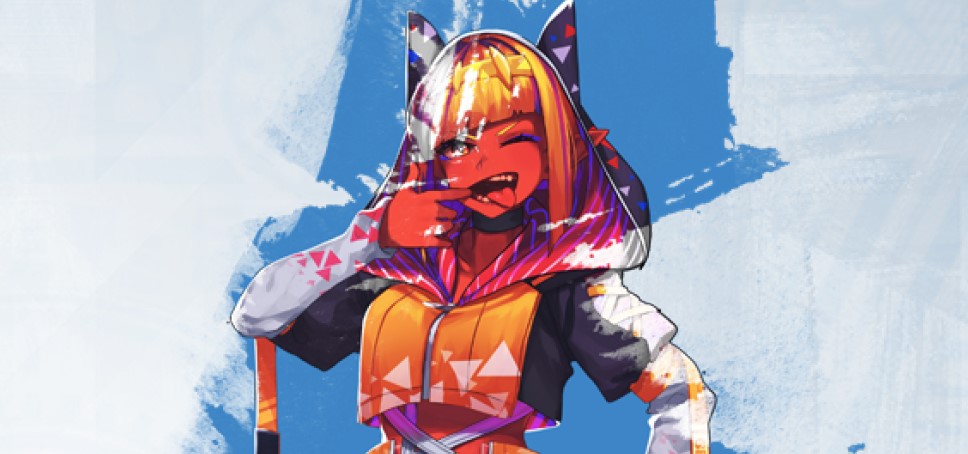
Review of the Game System of Kinghts of the Round Academy
There are many other details to add to your character, but we leave you the pleasure of discovering them for yourself. What should be emphasized is that Knights of the Round Academy was born from a hack of Not the End, another small masterpiece created by Claudio Pustorino. Although the game mechanics are different, the guiding principle is the same. The character sheet is not in fact composed of numerical values, but qualitative ones. Instead of the classic scores, there are traits, which describe a character’s inclinations, abilities, training and character aspects, rather than quantify them.
When he must pass a test, the player rolls a number of d8s equal to the traits he can call into question (maximum 6d8). He adds 1d12 if he is piloting his Knight, 1d12 if he uses his Frame and up to other 4d12 using his Limit Points (more on that shortly). These are the Positive Dice . Each Threat faced has a Difficulty ranging from 0 to 6; each Difficulty point transforms the dice in the pool into 1d6, starting with d8s. For each Trait that the Threat can invoke in turn, these dice will be further transformed into d4. These are the Negative Dice.
For each check, the player selects the highest result between the Positive Dice and the Negative Dice. A success, or a result of 6 or higher, is enough to succeed; an additional success allows the player to add an additional effect to his action. Failure implies that success also generates a consequence, a complication at the will of the narrator. Two failures mean a dangerous situation, without the action being successful.

Limit Break
There are many ways, mechanical and narrative, to influence the outcome of an action. The most immediate, however, is the expenditure of the Limit Points. Each cadet has 8 available. They allow you to add d12s to your pool, to modify the results of some rolls and to activate certain abilities of the Job, the Knight or the Bloodline. Limit Points are one of the most heavily borrowed concepts from manga, and represent how much the character strives to reach his full potential. Its limit, in fact.
However, abusing Limit Points is dangerous. When the eighth is consumed, in fact, a condition called Overload is reached. In this state, all successes and failures are considered triumphs and disasters respectively; the equivalent of critical successes and failures. Once the Overload limit is also exceeded, the character is off stage, unable to influence the story until he has recovered. The only way a character can die in Knights of the Round Academy is to be off stage and be in a position of risk, without anyone being able to save him.

Review of Knights of the Round Academy: Narrative but Cumbersome
As anticipated, there are several additional mechanics that can affect the tests. In general, Knights of the Round Academy has a deeply narrative system, like Not the End of which it is a direct descendant. It also features shared narrative mechanics, albeit very limited. Yet the game mechanics are quite cumbersome. Calculating the dice pool requires several operations, and quantities of dice that are as satisfying as they are bulky. And if you have reread the explanation more than once, it is because it is not a particularly intuitive system.
Of course it should be noted that it is a system that is easier to apply than to explain. And that in general the Knights of the Round Academy does not require too many dice rolls; on the contrary, we are talking about a game that recommends making a test only when its outcome can have a dramatic impact on the scene, positively or negatively. However, it is a bit strange to think of a game that is at the same time so strongly narrative, and has such complex mechanics.

Tips for Mastering
A large portion of the manual is dedicated to the narrator. The setting, as mentioned, is not fully explored, but there are some useful hints on how to build each useful location. Above all, the manual helps to visualize a campaign as if it were an animated series. Timing, narrative rhythms, even how to set up some “filler episodes”. Everything refers to the world of anime, of which Claudio Serena turns out not only to be an encyclopedic connoisseur, but also an excellent analyst.
But the most important thing is that every single element is not described just to enrich, or to give an example. Each paragraph dedicated to the narrator is a small lesson on role playing. On how all the elements that are included in one or more game sessions must have a specific weight and objective, always aimed at obtaining a dramatic effect on the characters. Claudio metaphorically enters the manual to explain what a role-playing game is for him, helping the most inexperienced storytellers step by step but also providing excellent tools for the most experienced.

Conclusions of the Knights of the Round Academy Review
Despite the ever-increasing popularity of the manga and anime market, the role-playing games that use them as open inspiration for an original setting are not so many. Knights of the Round Academy doesn’t just do this, it offers a game of enormous depth. Important themes and passionate characters. Hours to spend at the table with a system designed to ensure maximum identification; as mentioned before, we will have to get used to making different calculations, but the result is exciting.
Knights of the Round Academy collects inspiration from very different manga, at the two extremes of which we could put Gundam and Ranma 1/2. And it allows you to play all the nuances between these two extremes, recommending that you always put emotions before everything else. An example of a game that puts itself at the service of what it aims to create and arouse. And it does it perfectly. If among your childhood myths, heroes of adolescence or companions in adulthood there are the cornerstones of Japanese animation, you can’t miss Knights of the Round Academy!.

